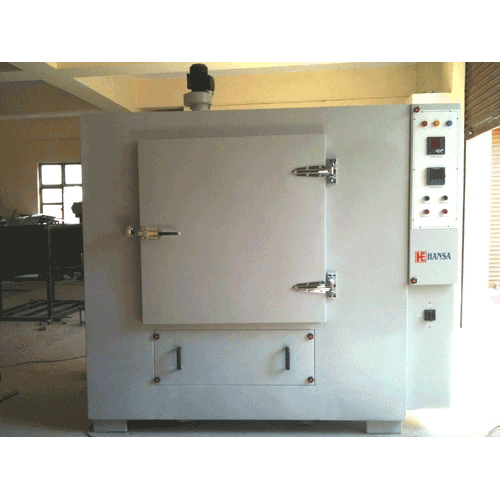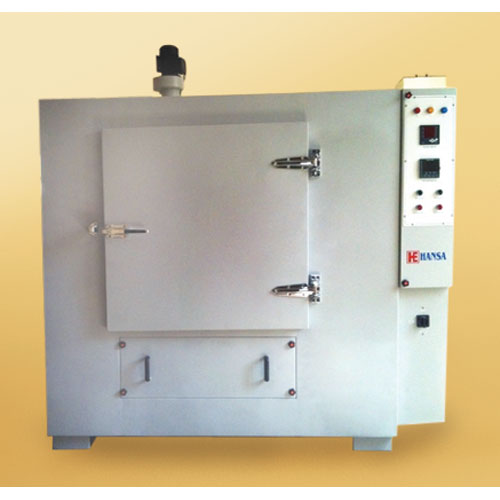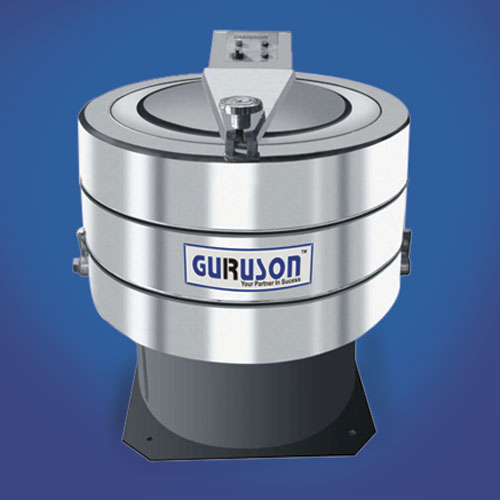Schedule a Call Back
Budget 2022 - Economic Survey: Industrial sector to expand 11.8% in 2021-22
 Industry News
Industry News- Feb 01,22

Related Stories

How trade wars and geopolitics are reshaping India’s growth story
India’s journey through the turbulence of trade wars and geopolitical conflicts is as much about resilience as it is about ambition. Rahul Bhandurge, Director - Sales & Business Development, BDB I..
Read more
Calderys expands India refractory operations with new lines at Odisha plant
Calderys commissions acidic monolithics line and adds tap-hole clay capability at its Odisha CAPES plant, enhancing manufacturing capacity for India’s steel and industrial sectors.
Read more
The importance of project management to the Indian economy
Projects create assets, which are then used to produce goods and services, which then generate wealth. Time delays in projects not only lead to cost escalations, but also to delayed outputs, says R ..
Read moreRelated Products

Heavy Industrial Ovens
Hansa Enterprises offers a wide range of heavy industrial ovens.

High Quality Industrial Ovens
Hansa Enterprises offers a wide range of high quality industrial ovens. Read more

Hydro Extractor
Guruson International offers a wide range of cone hydro extractor. Read more















